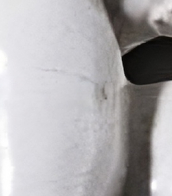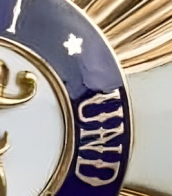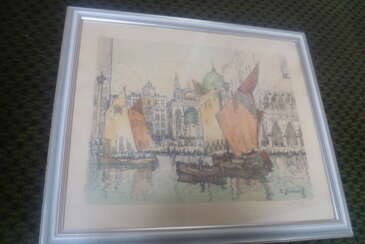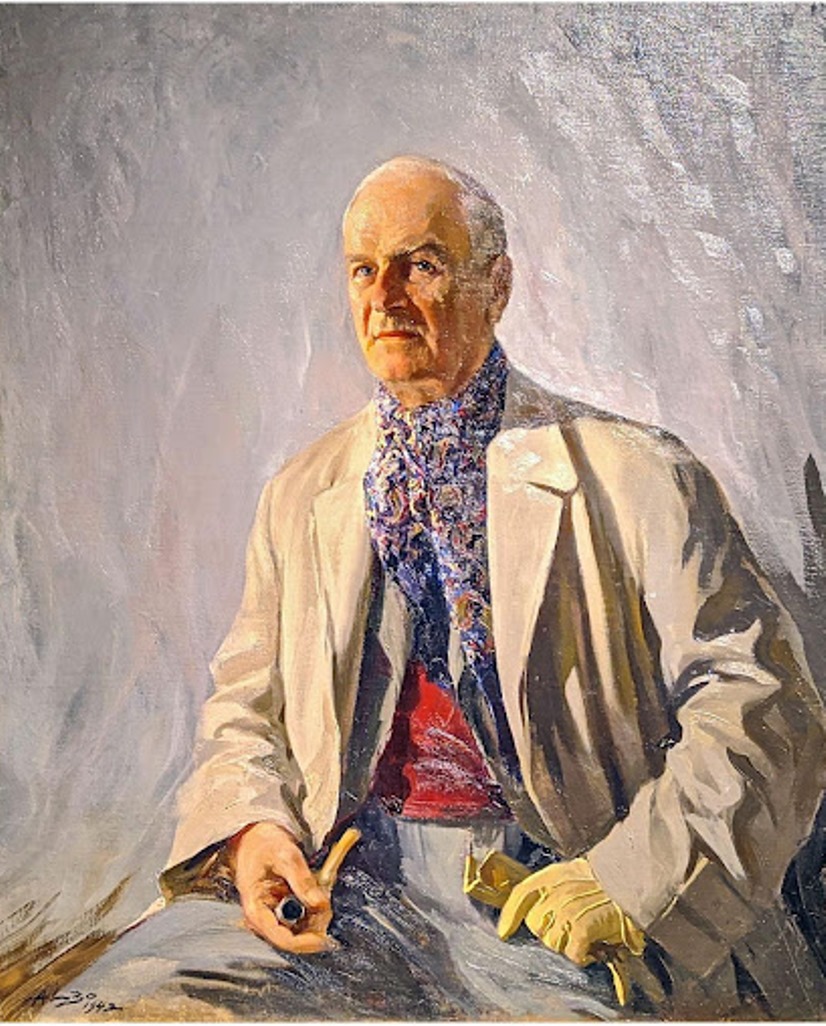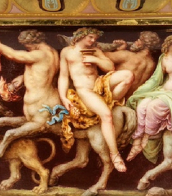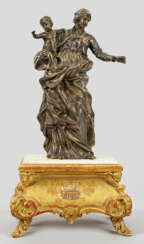15 Items by auctions and galleries:
italienische sammlung
Becker Jackob 1810-1872
Carl Spitzweg (1808 - 1885) 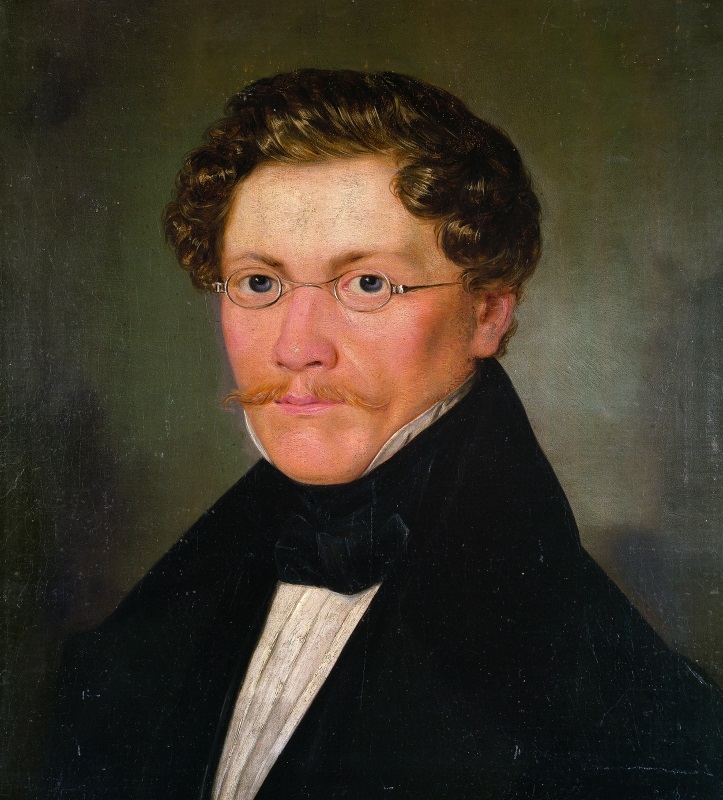 Jakob Becker (1810 - 1872)
Jakob Becker (1810 - 1872) 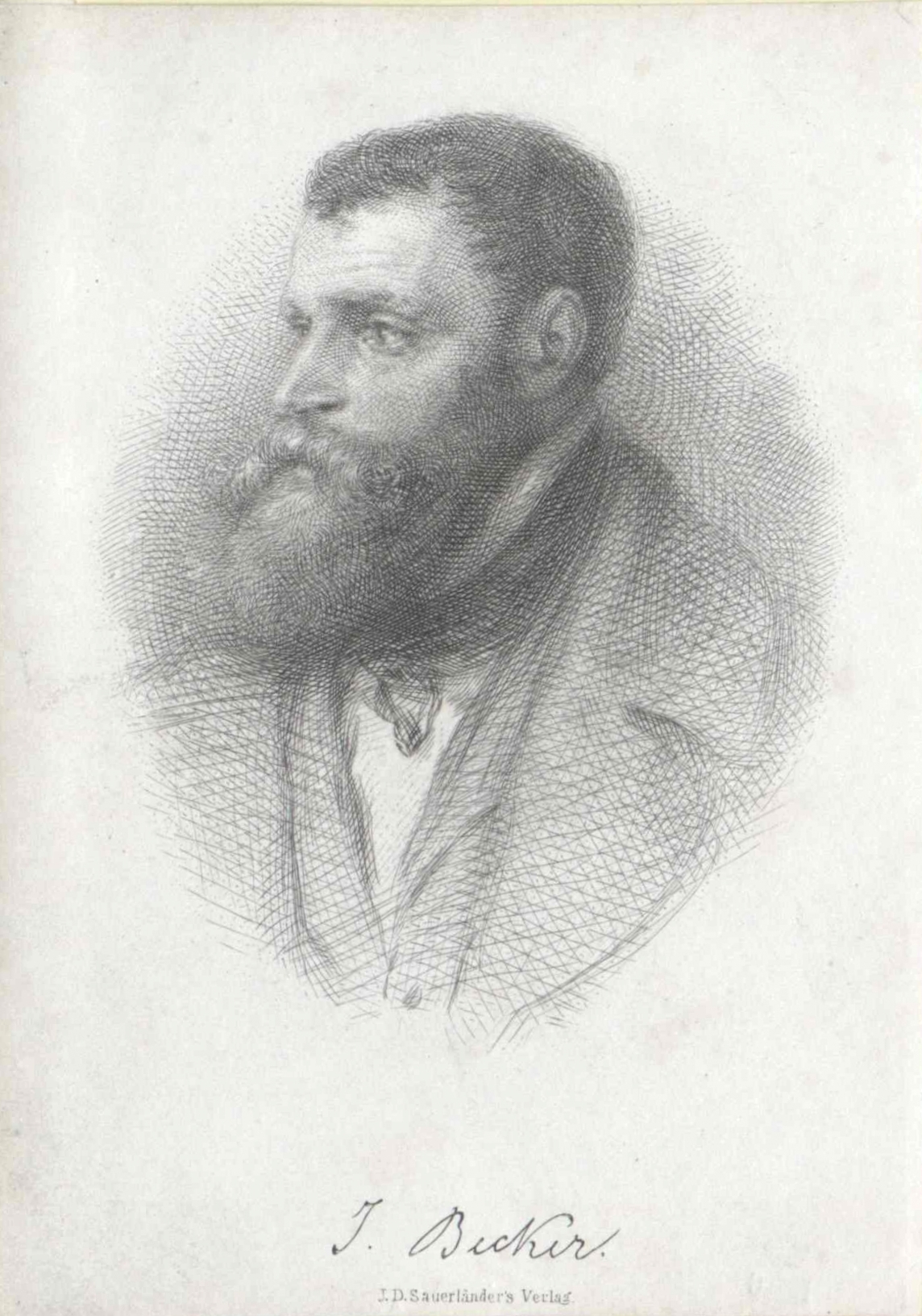 Shop Artkunst
Shop Artkunst

Carl Spitzweg
05.02.1808 - 23.09.1885
Germany
Carl Spitzweg was a German romanticist painter, especially of genre subjects. He is considered to be one of the most important artists of the Biedermeier era.

Jakob Becker
15.03.1810 - 22.12.1872
Germany

Shop
Artkunst
Germany
Number of products: 144
![Lessmann, Johanna: Italienische Majolika, Katalog der Sammlung [des Herzog Anton Ulrich-Museums], Braunschweig, 1979](/assets/image/picture_5038235/02e04/90p80fmgwxyuafjpqyxe5ehzqkgxsn41aovswk059aezuivckkpkukb-flvm2ri1761840251jpg__fix_374_244.jpeg)
![Lessmann, Johanna: Italienische Majolika, Katalog der Sammlung [des Herzog Anton Ulrich-Museums], Braunschweig, 1979](https://veryimportantlot.com/assets/image/picture_5038235/02e04/90p80fmgwxyuafjpqyxe5ehzqkgxsn41aovswk059aezuivckkpkukb-flvm2ri1761840251jpg__fix_374_244.jpeg)
